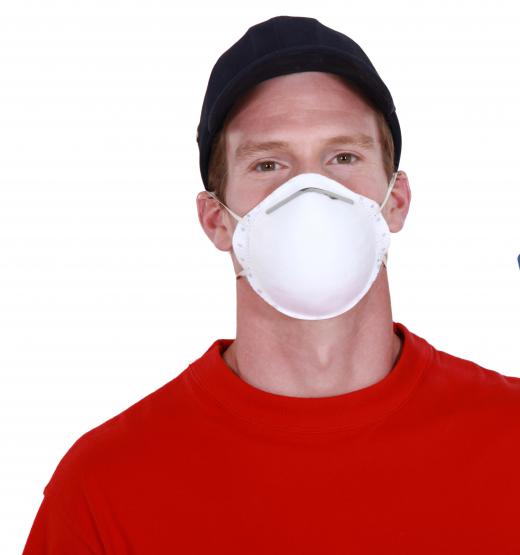Needle scalers use a series of needles to remove debris or texture materials. The needles secure in the front end of the needle scaler and move rapidly when the handle is depressed. This rapid needle movement allows the needle scale to remove large quantities of material with little effort exerted by the user. Determining the correct type of needle scaler for a given task requires selecting the power used to vibrate the needles and the shape of the scaler body.
Straight shaft and pistol grip are the two types of needle scaler bodies commonly used in the construction and automotive industries. The shape of the body does not affect the operation of the tool but does affect the way an operator handles the tool and his comfort level during operation. A pistol grip-style needle scaler allows as user to apply more downward force on a material but reduces the distance a scaler can reach. These types of scaler are common when the operator works in an area with little or no obstructions. In tight spots or areas that require a farther reach, straight-bodied scalers are required.

After selecting the needle scaler body, the next task is to select the types of needles to install in the end of the scaler. Chisel-tipped needles use a sharp flatten tip to texture harder materials. Pointed-tipped needles apply force to a smaller area. These types of needles remove paint, welding slag and corrosion from harder materials like metal and stone. The needles are interchangeable, and keeping multiple sets of needles around increases the tool's versatility.
Two types of power supply the vibrating action of needle scalers. Pneumatic scalers use a constant supply of air to vibrate the needles when removing or texturing materials. This type of scaler has less moving parts and requires less maintenance than an electric scaler. Unlike a pneumatic scaler, electric scalers do not require bulky air compressors to operate, allowing them to operate with less setup time. Both types of scalers require adequate safety measures to ensure operator safety.
The pressure required to remove and texture material sends particles flying in the air at high velocity. Safety glasses and a face shield are required to protect the operator's eyes. Respirators or dust masks keep a needle scaler operator from inhaling dust created during operation. Using proper safety measures while using a needle scaler will keep the process of removing and texturing material safe for an operator.
